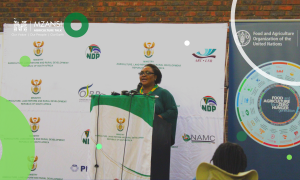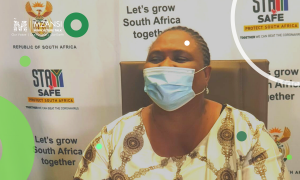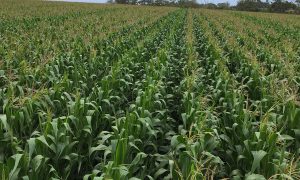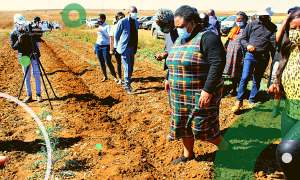Legally, agriculture can be exposed

Judgement is still reserved by the Grahamstown High Court in a matter relating to an interim interdict application brought by the NSPCA – banning of live sheep exports by sea.
By the arguments presented so far, the NSPCA counsel launched sharp shots better than agriculture. A quick background of NSPCA cases before courts reveal consistency of representation by legal experts and masterminds specializing in conservation and animal law.
Digging deeper, it becomes transparent that under the veneer of this NSPCA challenge, the rise of anti-animal cruelty groups has moderately built good ground and support for their course.
One being the Animal Law Reform South Africa (“ALRSA”), which hosted its first inaugural conference last year. It’s three pillars; Animal Wellbeing; Social Justice and the Law, are 3 lethal combinations that can summon public following, allowing recourse for courts to rule in the public interest.
Dismissing this NPO would be shortsighted especially reading its conference report. A 100-page document, it is filled with excerpts of essays and analysis from experienced conservation lawyers and upcoming legal minds, making one easily fall in love with legalism.
For example, the report delicately dissects the discrepancies in the Animal Protection Act.
“As for legislation, laws relating to animal welfare are chiefly to be found in the Animal Protection Act (71 of 1962), but because animals are viewed as property the laws do little to reduce suffering. It becomes the job of the Department of Agriculture to implement legislation to protect animals. But in contrast its job is also to exploit them. It expresses concern about ‘being both a player and a referee.”
Furthermore, the cohort expressive grand designs are to approach the Constitutional Court under Section 24 of the Constitution in future. If legally interpreted correctly, Section 24 guarantees environment protection – “not harmful to [anyone’s] health or well-being” and animal agriculture (livestock farming), is viewed by this cohort as running counter the environment – impacting on human health and wellbeing.
Again, the cohort goes on to charge that Section 10 of the Constitution Right to Human Dignity excludes animal welfare.
‘If animals were to be recognised as possessing inherent dignity under the right to dignity, it may be possible that the egregiously undignified conditions found within factory farms would cease to be tolerable in modern South Africa.”
Combined with the rise of veganism in South Africa, there is a palpable sense that animal agriculture can be done away with through legal means. What would this mean for communal livestock farmers if such cohorts accomplish their mission?
The truth facing the red meat industry and by extension agriculture is to transform, not for racial purposes only, but to renew its approach to the future of the sector. LLB and social sciences could help agriculture to be legally and socially alive, as ALRSA and NSPCA have undoubtedly exposed agriculture.



















